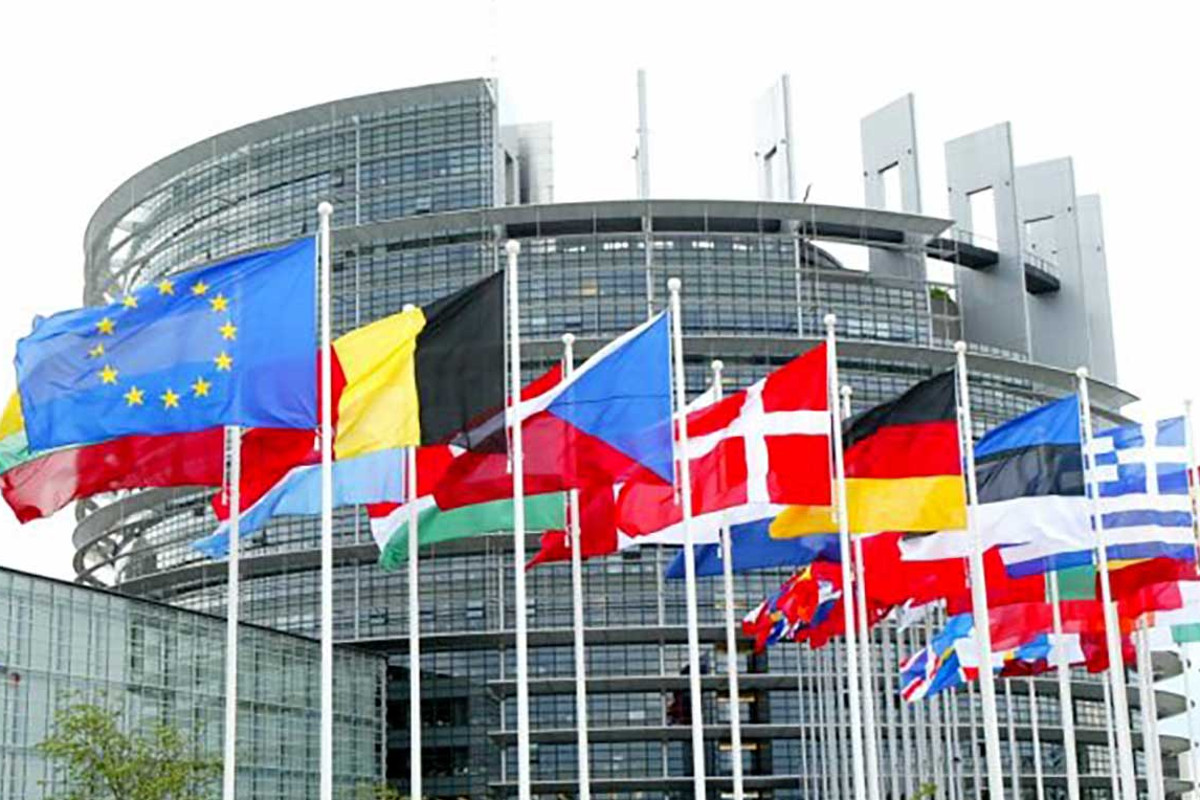
On May, 20th the European Commission presented the “Farm to fork strategy” as part of the European Green Deal. Among the Commission’s goals there is the harmonization of food labels, i.e. the indication of the nutritional values of products consumed by European consumers.
This last point is worrying the Italian food system, which is the second largest manufacturing sector in Italy in terms of revenues (more than 140 billion), with exports playing a fundamental role and, in recent years, constantly growing.
Click here to discover the authentic Italian food and beverage products on Italianfood.net platform
THE FOOD LABELS CHALLENGE
The Commission did not explicitly indicate its favorite labelling system within its nutrition declaration report. The report, however, provides a useful categorisation: on the one hand there are food labels defined as ‘nutrient specific’, the more detailed ones including the Italian NutrInform ‘battery label’.

On the other hand there are the ‘concise’ labels, including the French Nutriscore. The latter seems to be a favourite in the race that will determine the nutrition of European citizens. A race which could be concluded with an official proposal in 2022.
FEDERALIMENTARE: “A GREATER RISK THAN DUTIES”
According to the president of Federalimentare, Ivano Vacondio, “there are concrete risks, which are greater than those that can derive from the duties. In the case of duties, in fact, we are faced with an increase in prices that has little effect on consumers’ willingness to buy Italian food. Those who buy our products, in fact, do not do so because they are cheap but because they are excellent products for which they are willing to spend even more. Nutriscore, on the other hand, puts a traffic light on the products’ labels; and if that light is red the consumers’ perception is that the food is harmful to their health. This is why the French labelling system risks damaging Made in Italy food and its excellent products, such as Prosciutto di Parma PDO and Parmigiano Reggiano PDO.”
